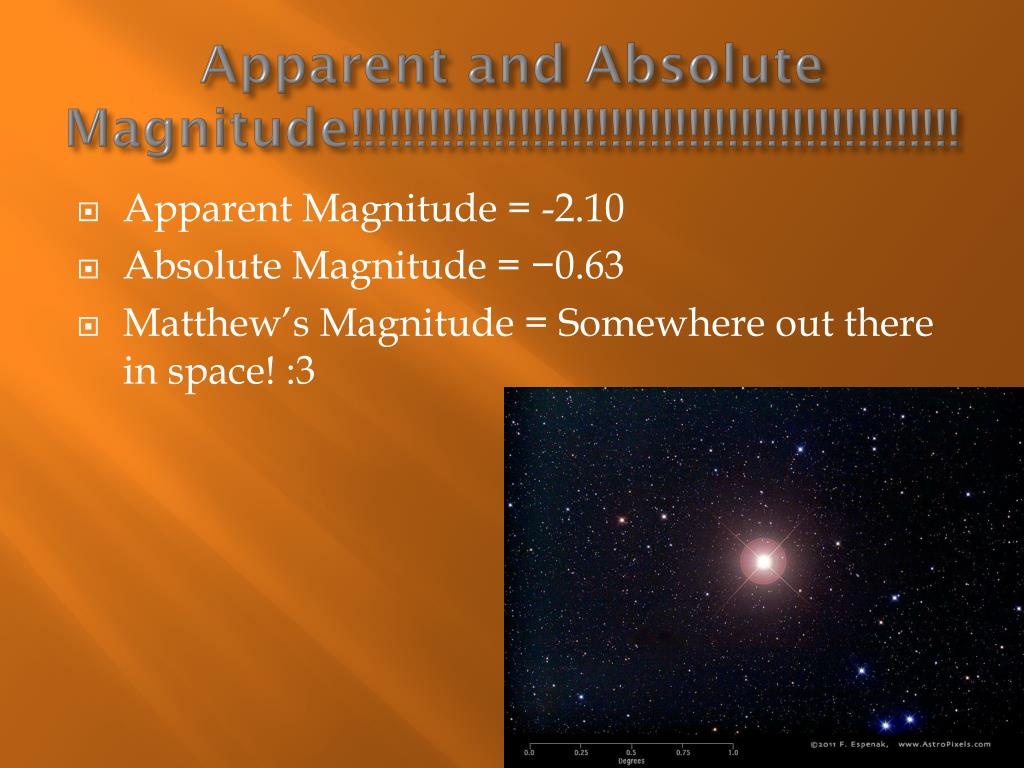

The lifetime of an excited state of an atom The time required for light to cross a nuclear distance The range and order of some typical time intervals are given in the below table 4. The time interval of events that we come across in the universe varies over a very wide range. This is the basis of the caesium clock, sometimes called an atomic clock. We now use an atomic standard of time, which is based on the periodic vibrations produced in a caesium atom. To measure any time interval we need a clock. Table 3: Range and order of masses Order of time intervals The range and order of the typical masses of various objects are given in the below table 3. The masses of the objects, we come across in the universe, may vary over a very wide range of the order of a tiny mass of 10 -30 kg of an electron to the huge mass of about 10 55 kg of the known universe. The mass of a body does not depend on the temperature, pressure or location of the object in space. Mass is a basic property of matter and its SI unit is kilogram. Table 2: Range and order of lengths Order of magnitude of mass The distance of nearest galaxy(Andromeda) to Milky Wayĭistance to the boundary of the observable universe The height of Mount Everest above sea level The size and order of lengths of some of these objects are given in the below table 2. The sizes of the objects, we come across in the universe, may vary over a wide range of the order of 10 -14 m of the tiny nucleus of an atom to the size of the range of 10 26 m of the extent of the observable universe. Table 1: Order-of-magnitude of some numerical numbers Order of magnitude of length

The order of magnitudes of some numerical numbers is given below. Similarly, we can write the order-of-magnitude for all numbers. Therefore, the order-of-magnitude of the numerical number 0.035 is -1. Therefore, the order-of-magnitude of the numerical number 0.035 is -2. Therefore, the order-of-magnitude of the numerical number 0.95 is 0. Therefore, the order of magnitude of the numerical number 0.74 is 0. Therefore, the order-of-magnitude of the numerical number 0.35 is -1. Therefore, the order-of-magnitude of the numerical number 4234 is 3. Therefore, the order of magnitude of the numerical number 5234 is 4. Similarly, the number 5234 can be expressed as.Therefore, the order-of-magnitude of the numerical number 72 is 2. The order of magnitude of all the numerical numbers can be calculated in the same way as given below. Then the power of 10 is usually called as the order of magnitude of that quantity. That is, in order to find the order of magnitude of a quantity, it is first expressed as the power of 10 with the numerical part or coefficient should be greater than 0.5 and less than or equal to 5. The order of magnitude of a numerical value N is 𝑥, such that How do you calculate the order of magnitude? How do you calculate the order of magnitude?.


 0 kommentar(er)
0 kommentar(er)
